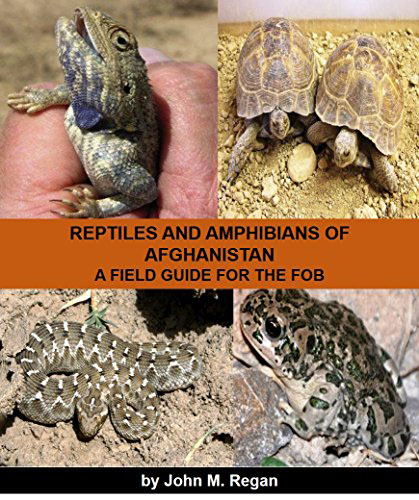
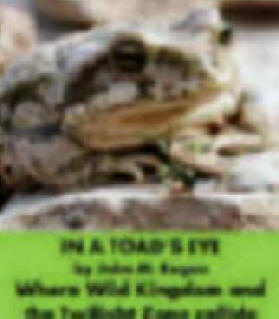
< >
Afghan Arabia Wild
AFGHANISTAN INVERTEBRATES
As you may suspect the wildlife world of invertebrates in Afghanistan is just as spectacularly large as it is in the remainder of the world. Despite the predominately arid climate and extreme weather conditions the country is home to an astounding number of species. It is difficult to know where to begin. So let's just do this - over the next week or so I'll post photos and observations of the unique things I've seen and worry about a more orderly classification of these guys later.

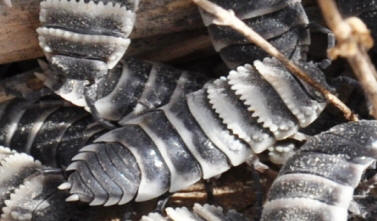

I'll start off with one of my favorites - the Giant Armored Pill Bug - to which I owe a debt of gratitude to Rod Crawford at the Scarab Society in Seattle for educating me about this fascinating creature. At about one half of an inch long these isopods live in highly active colonies or earth burrowing hives. Active is hardly the right word. They are normally frantic with feisty activity, often squabbling with each other as they meet at the hive entrance or accidentally bump into one another. I've only observed them in the southern, hot desert country over here. I've not seen them in the central or northern part of the land. With their studded armored plates they look like prehistoric monsters from a sci fi flick.
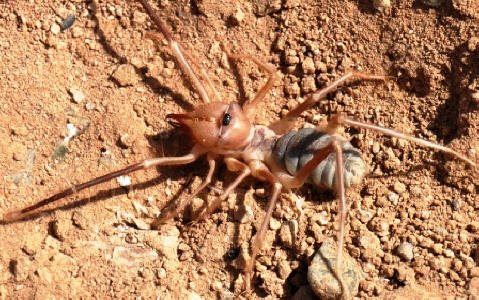

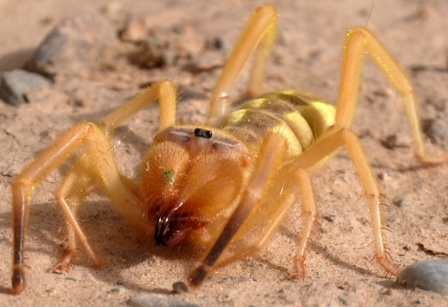
The Camel Spider captures everyone's imagination. They are, however, wildly exaggerated in terms of size and ferocity. The largest I've seen was slightly bigger than the palm of my hand. As for ferocity every one I have encountered, and that's quite a few, were more interested in getting away from me and out of the sun than in mounting any kind of attack. Not that they are without an ability to inflict pain. Camel spiders are not poisonous, but there is considerable power in those mandibles and they are very capable of sinking sizeable fangs into soft flesh. A barefoot encounter with one of these guys is a real possibility over here, but an experience I've been happily spared. The Solpugids are not spiders (ten appendages instead of eight), but they are considered part of the arachnid family. Widespread throughout the world, we even have a couple in North America, but especially prevalent in the Middle East and Central Asia We have several species over here. Some of which are pictured above. For an indepth look at Camel Spiders follow this link: Camel Spider Homepage
Watch a camel spider dance: CLICK HERE

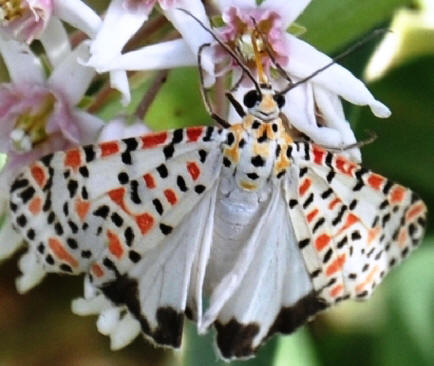
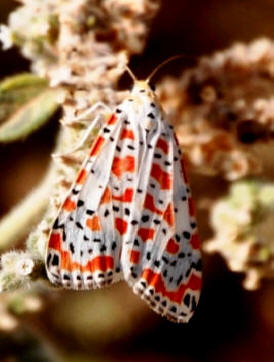
A very common, but strikingly colored moth is this insect I call an Indian Maiden Moth because the folded wings remind me so much of an American Indian type blanket. The head on view of the moth on the left presents a sinister appearance yet from the top a comical smiley face looks up at you. Then the wings fold and we are back to our mysteriously beautiful lady. They are a bit less than an inch long and I have found them from southern Afghanistan to the north. At first glance the vibrant design is not readily apparent; the blown up photographs are almost startling. I suppose an argument could be made that this is actually a butterfly due to the shape of the antennae, bright color, and day light activity of the insect but I'm going to stay with moth.
< >
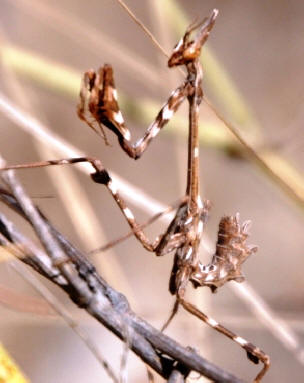
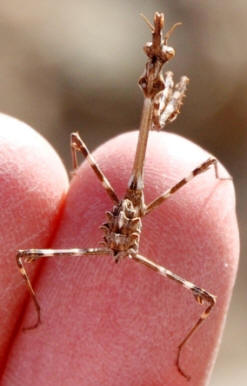
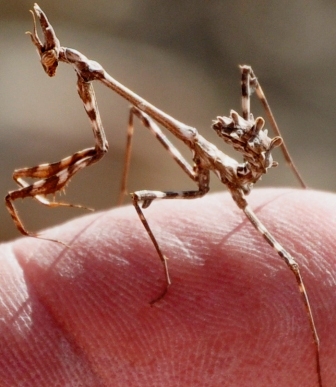
We have a number of praying mantis insects over here but this tiny fellow is the most unique representative of its species that I have found. As you can see from the way the little guy is riding my fingertip he is not an imposing specimen. It's a downright wonder I found him at all; he was nearly impossible to distinguish from the chaos of dried grass and twigs I found him in. I was on hands and knee searching for a lizard that had disappeared into the vegetation when the tiniest flicker of movement caught my eye. Special thanks to a soldier stationed over there named Patrick who took a particular interest in this little fellow. And here he is for you to behold: the Cone Head Mantis, Empusa pennicornis.


On the far left is a Momorated Stink Bug. Stink bugs have been introduced to the US and have notoriety notoriety for their ability to deface fruit. The bright red and black insect is a representative of a beetle nicknamed "fire beetles" due to their attraction to fire believe or not. Like just about every place else on the planet Afghanistan has an astounding array of beetles. Not surprising; yet the humble beetle is one of the most successful animals on earth. Some of my favorites are pictured above. Then we have this comical looking weevil which are quite common out here in the desert. The even funnier performer on the right is a Darkling Beetle taking up a defensive posture against the nosy photographer. That glistening drop on the end of its abdomen is an acrid smelling substance of great power. I touched my finger to it and foolishly sniffed it. Wow! I had not been punched like that since the gas chamber in Army basic training.
< >